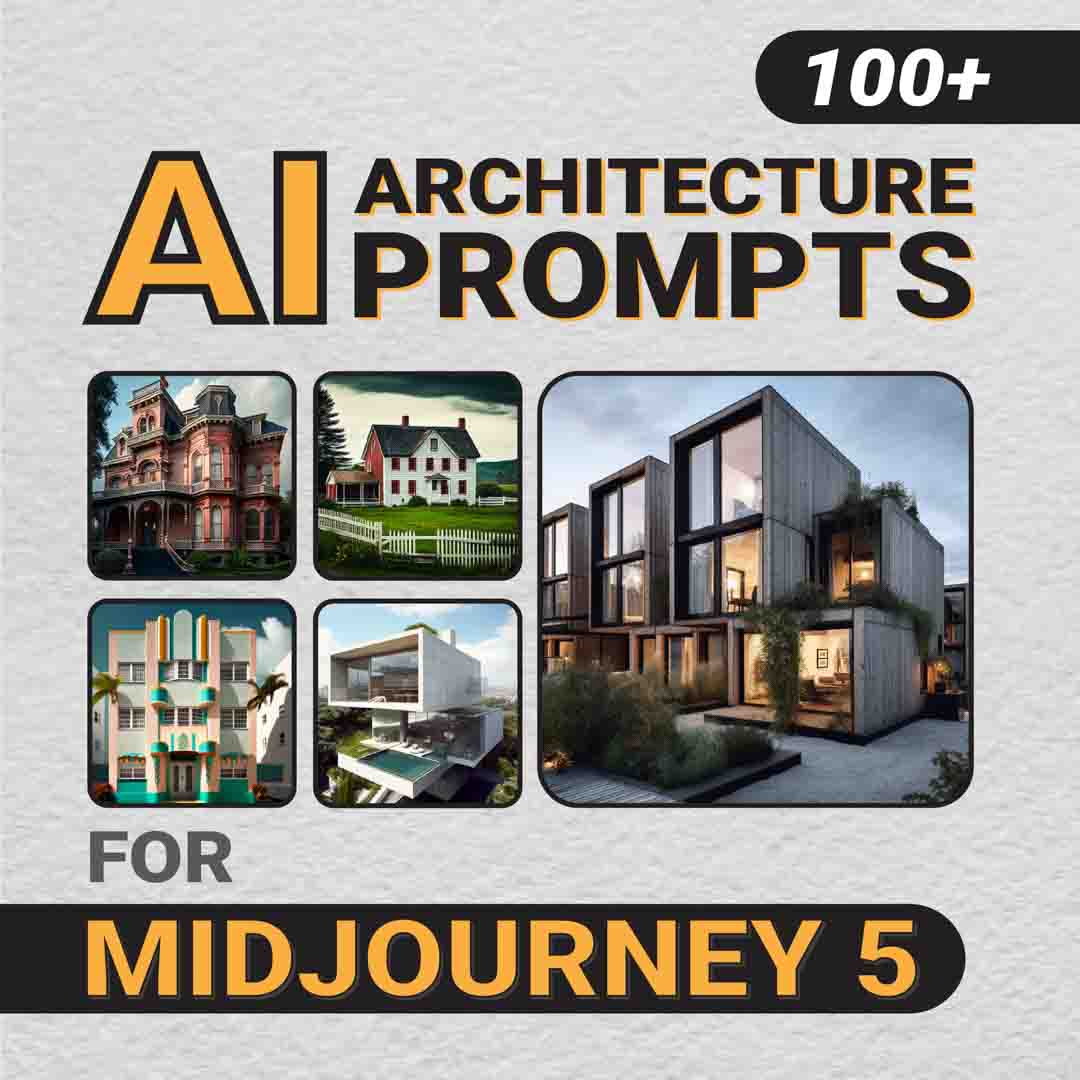
If you’re planning to enroll in architecture school, or you’ve already been accepted to join a program (congrats! ) then you’re definitely going to want to start stocking up on some books. As someone who reads a lot, there are specifically 3 books to read before starting architecture school.
The most successful architecture students tend to be well-rounded, open-minded, and constantly learning — and what better way to expand your knowledge than to read!
Before I started my Bachelor of Architecture degree in 2016, I spent about 2 years preparing for it. I was working full-time at that time in my life, so I filled the lulls of my day studying different architecture programs in the US and reading as much as I could to learn more about what to expect in architecture school.
Over those years, I came across a handful of wonderful resources that highlighted different aspects about architecture school — and I’ve collected somewhere around 200 books on architecture since starting back in 2016, and I’m in the process of writing book summaries for all of them!
Even after graduating, I still look back on these 3 books as some of the most valuable resources I had that helped me prepare for architecture school.
3 Books to Read Before Starting Architecture School
Book # 1: Best Introduction to Architecture Book
101 Things I Learned in Architecture School | Matthew Frederick
Probably the most popular book for any prospective architecture student, “101 Things I learned in Architecture School” covers a lot of ground between its covers.
With playfully simply graphics and accommodating text, you’ll easily get a grasp on what architecture school is generally about. It’s also a really short read — and it makes for a wonderful gift for anybody going to architecture school!
I actually received a few of these books as gifts over the years from friends, and it’s one of those books that I love to give to people — even if they’re not going to architecture school! It’s so easy to follow that anybody can get in on the fun.
But overall, if you’re just starting out on your journey to architecture school, this book is a great introduction to what you will likely experience in the years to come.
Book # 2: Best Technical Architecture Book
Form, Space, & Order | Francis D.K. Ching
Touted as a “bestselling classic” since 1975, the entire Francis D.K. Ching book series is a wealth of knowledge. From “Building Construction Illustrated”, to “Architectural Graphics”, Ching has perfectly integrated hand-drawn illustrations with an abundance of easy-to-read, descriptive information.
When I first started architecture school, I was glad that I purchased “Form, Space, & Order” — in fact, I had cracked it open a few months before even starting. The beginning of architecture school tends to be very abstract, and learning the fundamentals is absolutely critical in being able to wrap your mind around the fundamentals of architecture.
Frankly (no pun intended), the Francis D.K. Ching books are just a fantastic addition to any architectural designer’s library. They’ve served as some of the best references over the years — even in my post-graduate life. I’m constantly referring to these books to brush up on my architectural vocabulary. Also, they have been invaluable resources to read when I need to remind myself what the “big picture” is when it comes to architecture and design.
Book # 3: Best Conceptual Architecture Book
The Eyes of the Skin: Architecture and the Senses | Juhani Pallasmaa
This will be more of a “deep” read on this short list — but it’s a book that nearly every professor I had in architecture school recommended to their students to read.
Architecture at its core is about people — and people perceive space through sensorial relationships. That is: sight, touch, smell, taste, and sound. In fact, I wrote this post on how we as designers can manipulate our senses to focus better, which I highly recommend you read.
“The Eyes of the Skin” is just another one of those classic reads that you’ll probably hear referenced a lot throughout your time in architecture school. It’s quite an inspirational read, but you’ll want to read it slowly and think about the concepts explained. Trust me, it will change the way in which you think about human relationships with architecture and space.
Why Should You Read These Books?
Preparing for architecture school can be a daunting task, but there’s no better time than the present to prepare for the adventure ahead! I can’t tell you how many more conversations I was able to have with my peers and professors by simply talking about some of the books that I’ve read — and these books are a great starting place for your collection!
Remember, you’re investing in yourself when you buy a book. It’s always worth it to invest in your education.
💡 Jon’s Advice: BUY these books, don’t just rent them. Start with “Form, Space, & Order” and build your collection as you progress through architecture school. They’re completely worth the investment.
I hope that you enjoy this small collection! If you have any suggestions on books that are useful for architecture students, I’d love to hear about them. As always, feel free to reach out to me directly through this website, social media, or leave a comment below.
Cheers!

Jon Henning
Hi, I'm Jon. I write about emerging technology in architecture, engineering and design, and I want to help you push boundaries with the latest tech trends in the AEC industry.
Want to step up your AI Architecture Visualizations? Grab a copy of my FREE eGuide, which contains over 100 examples of AI Architecture prompts to use with MidJourney 5.




